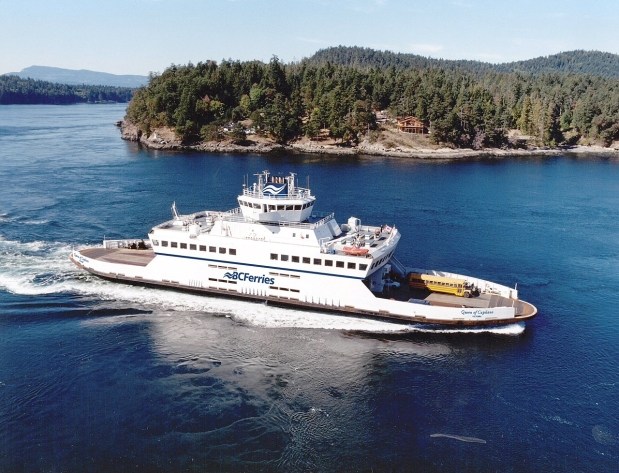Research conducted by the Wildlife Conservation Society (WCS) alongside researchers from National Oceanic and Atmospheric Administration, Space Quest, Google, SkyTruth and the U.S. Coast Guard, has found that the use of maritime vessel tracking, communication systems and navigational systems that aid that safety of all vessels and personnel, do not only protect the vessels, equipment and people on board, but also wildlife. The findings show that accurate and efficient marine management systems can in fact have a hugely positive impact on protecting wildlife from harm. The wildlife in question includes walruses, whales, as well as other marine species.
The research concluded with the thought that with improvements to the systems used around the world to track vessels and communicate effectively during offshore and also other maritime projects, this will come a greater engagement and collaboration between vessel companies, offshore operators and those looking to increase conservation efforts relating to marine resources.
In particular, a system of automatic identification (Automatic Identification System – AIS) was adopted by the International Maritime Organization in the year 2000 and has been used in order to track and control traffic management, to help vessels to avoid collision and to provide coastal surveillance. The benefits are that it helps to accomplish the safety goals of all vessels, helping to steer them clear of any potential collisions, and provides a pre-emptive maritime safety process.
Dr. Martin Robards, the Director of the Beringia Program at the Wildlife Conservation Society (WCS) said “AIS now provides a rich source of data to understand vessel traffic across the entire globe – even in the most remote areas of the open ocean. This system also has the potential to help us minimize the negative effects of shipping on wildlife.”
Accurate marine mapping and vessel tracking could be a vital component of world wide projects to help conserve marine mammal species in remote locations such as the Arctic, especially in those areas where shipping routes continue to increase. Systems such as AIS can help to identify those areas of weakness where shipping lanes could potentially overlap with important habitats for marine mammals and those locations where the noise associated with offshore industries and shipping routes could be severely damaging acoustically sensitive marine species.
Maritime transport is a pretty important part of all trade around the world, taking up 90% of world wide trade transportation. Being able to understand how vessel traffic could be impacting on marine wildlife is a crucial part of developing concepts and processes to help protect those environments in the future. As shipping routes extend and expand into new territories there is always going to be the chance of a negative impact in terms of physical disturbance of locations, fatal strikes of marine mammals, destruction of marine habitats and wider environments, introduction of invasive and foreign species, noise pollution and fuel spills.
Improving marine management systems and vessel tracking programmes will go a long way to helping marine conservation experts as the world continues to see a rise in trade through marine methods.
Content written by Gina Weston
